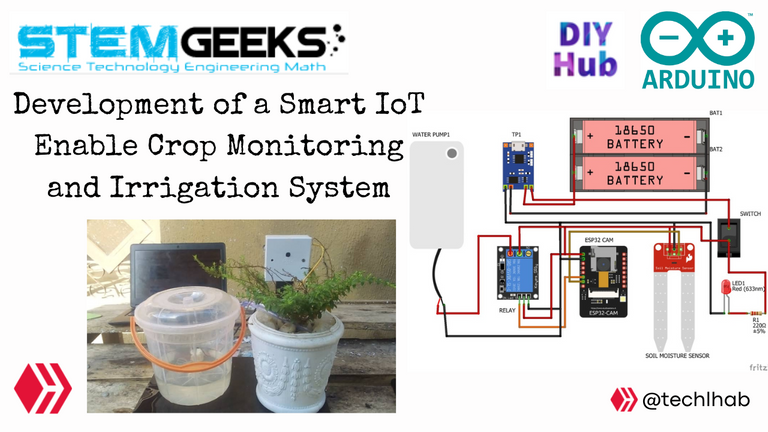
The problem with crop monitoring and irrigation is that it is time-consuming and not very accurate. Crop irrigation is not just about watering the plants, but also about maintaining the right moisture level in the soil. Irrigation systems are usually controlled by humans who have to manually turn on and off valves, which can lead to a lot of wasted water.
The development of a smart IoT enable crop monitoring and irrigation system will help solve this problem. The system will be able to monitor plant growth, detect if there's a risk of drought or if the soil has too much water, and automatically irrigate accordingly.
This system can be used by farmers to help them with their crops in an easier way than before, as it will eliminate human error from the equation.
I'm @techlhab and today, I would like to share with you guys one of my recent IoT/Embedded Systems projects which is an IoT crop management and irrigation system I developed using a microcontroller, sensors, relays, etc, and programmed using C++ with Arduino IDE (Integrated Development Environment).
This system is designed to monitor and control the irrigation of a crop with the aim to reduce water usage and increase yield. It consists of sensors, actuators, a microcontroller, and a wireless network that are installed in the system.
The sensors measure moisture content, and soil conductivity. The camera installed in the system helps provide a live stream of the crop or field. The relay controls the irrigation pump according to the sensor readings. The microcontroller collects data from all sensors and uploads them to a server for analysis. The wireless communication between the different components enables remote monitoring of crops from anywhere in the world via an internet connection.
It is a very nice and interesting project and it makes it easy to manage, monitor, and control crops and makes the whole crop management and irrigation process much more easier and efficient.
An application is developed with the system to help easier monitor and control the crops via the internet. This means you can be anywhere in the world and still be able to know the condition of the crop as well as irrigate it properly.
The system has a camera incorporated in it to easily monitor the live appearance of the crop, check for pigmentation and also monitor its surroundings.
- ESP 32 CAM Micro Controller
- Soil Moisture Sensor
- Relay Module
- 5v DC Water Pump
- LED
- Control Switch
- Water Hose
- Vero Board
- 3.7V Rechargeable Lithium Battery
- Lithium Battery Charger Module
- Resistor
- Connecting Wires
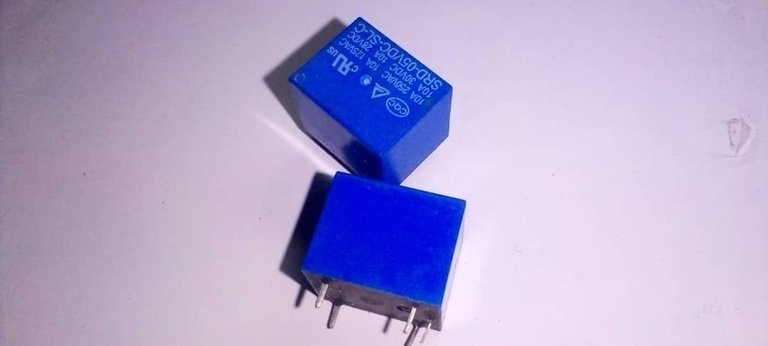

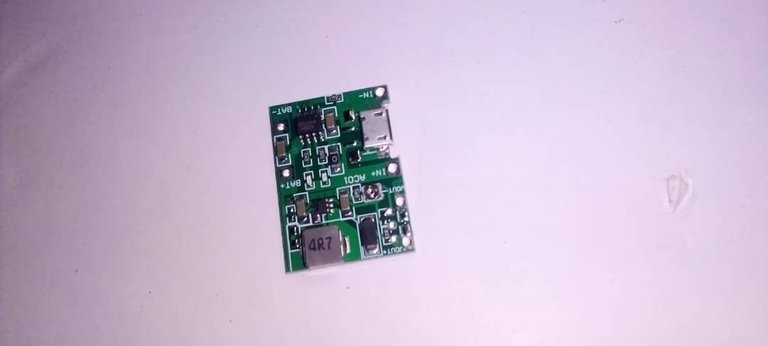
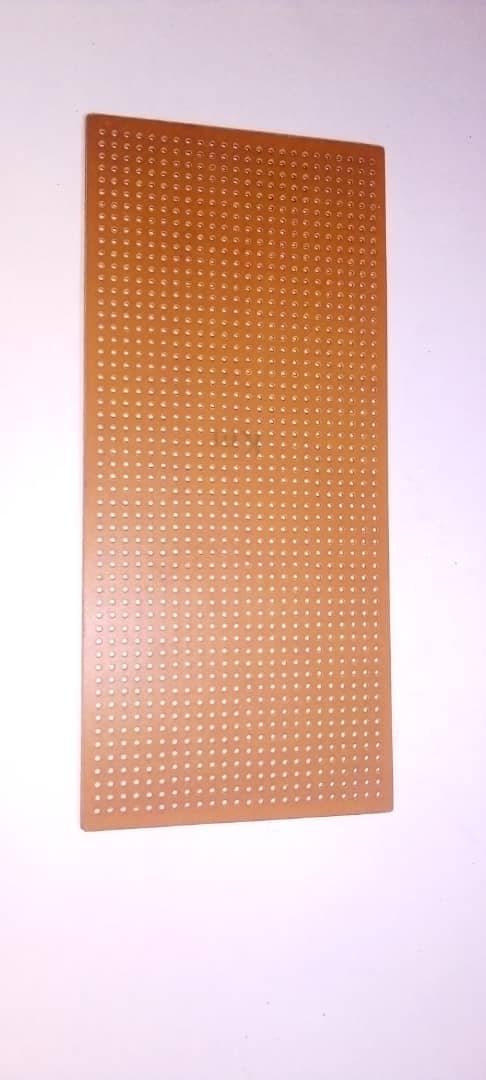
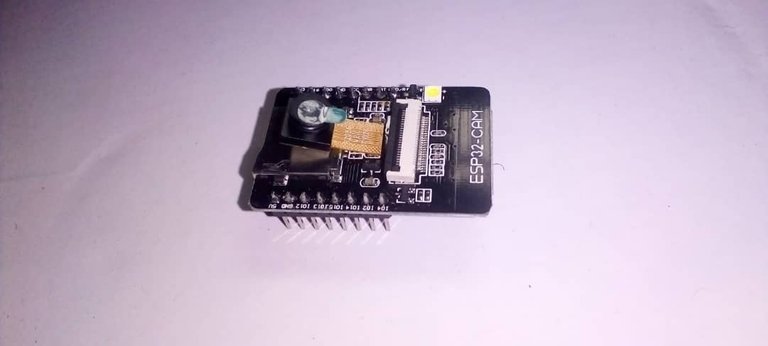
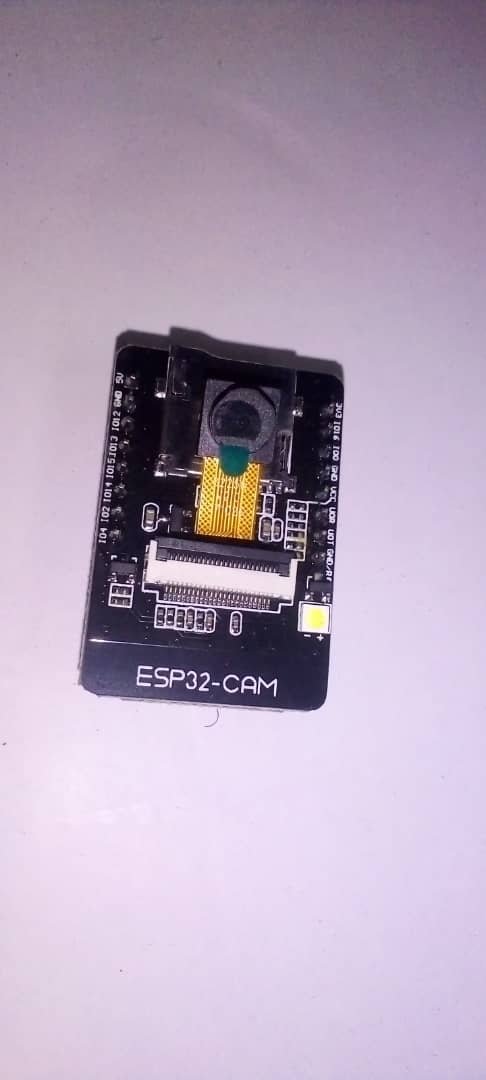
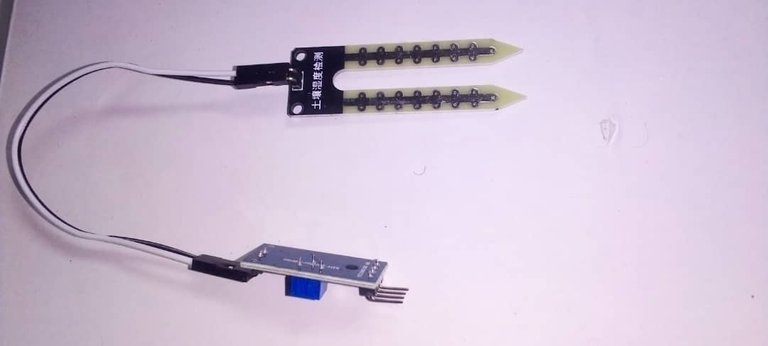
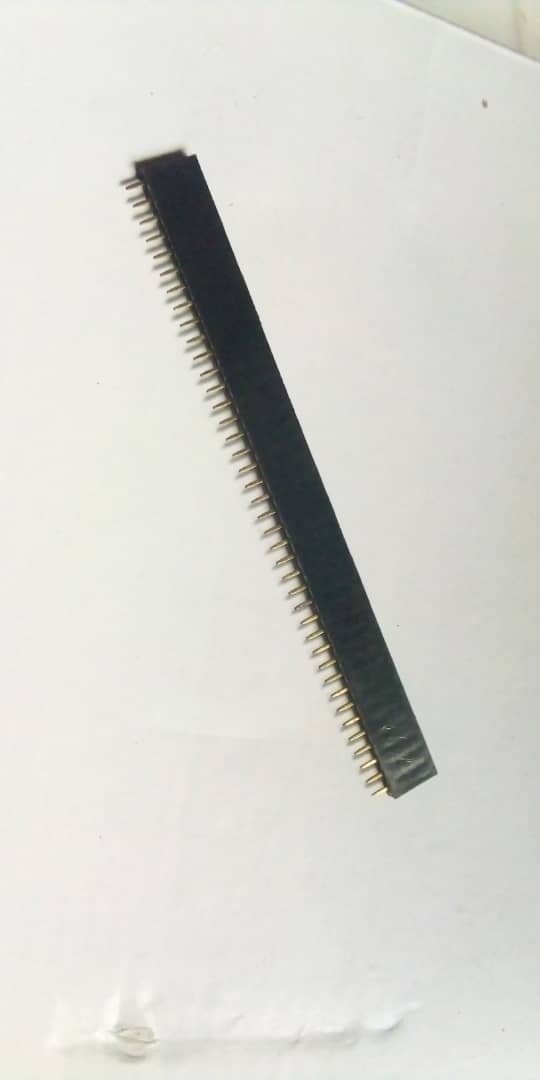
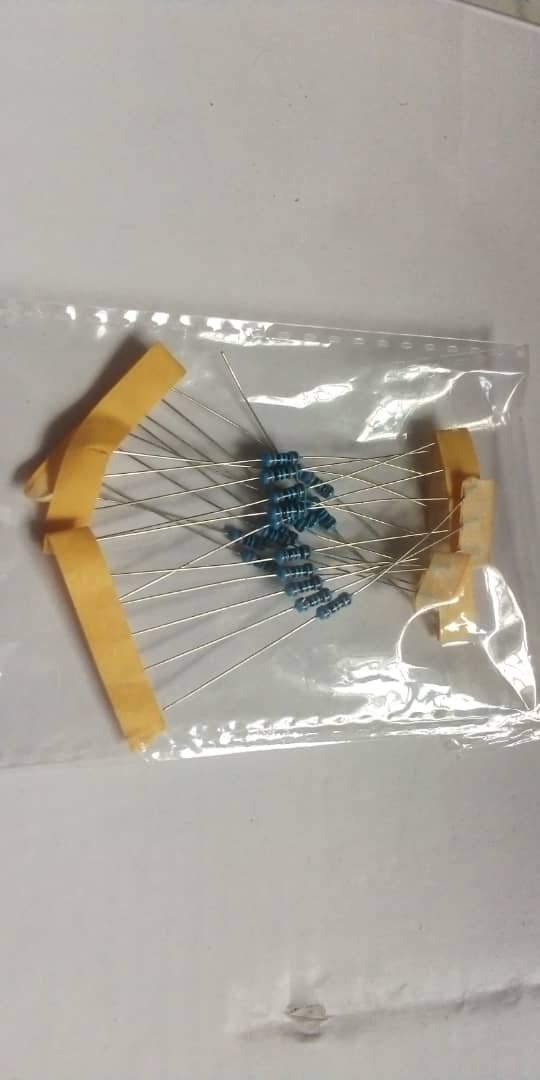
- Arduino IDE (Integrated Development Environment)
- Embedded C/C++
- Fritzing
- Connecting the Soil Moisture Sensor to the Esp 32 Cam
| ESP 32 CAM | Soil Moisture Sensor | |
|---|---|---|
| 1 | 5v | Vcc |
| 2 | Gnd | Gnd |
| 3 | D2 | Signal |
- Connecting the Relay Module to the Esp 32 Cam
| Arduino Uno | Relay Module | |
|---|---|---|
| 1 | 5v | Vcc |
| 2 | Gnd | Gnd |
| 3 | D10 | Signal |
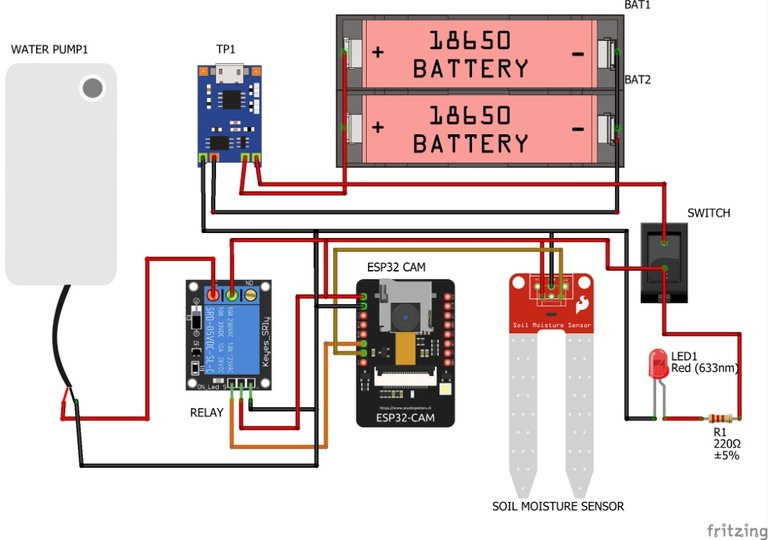
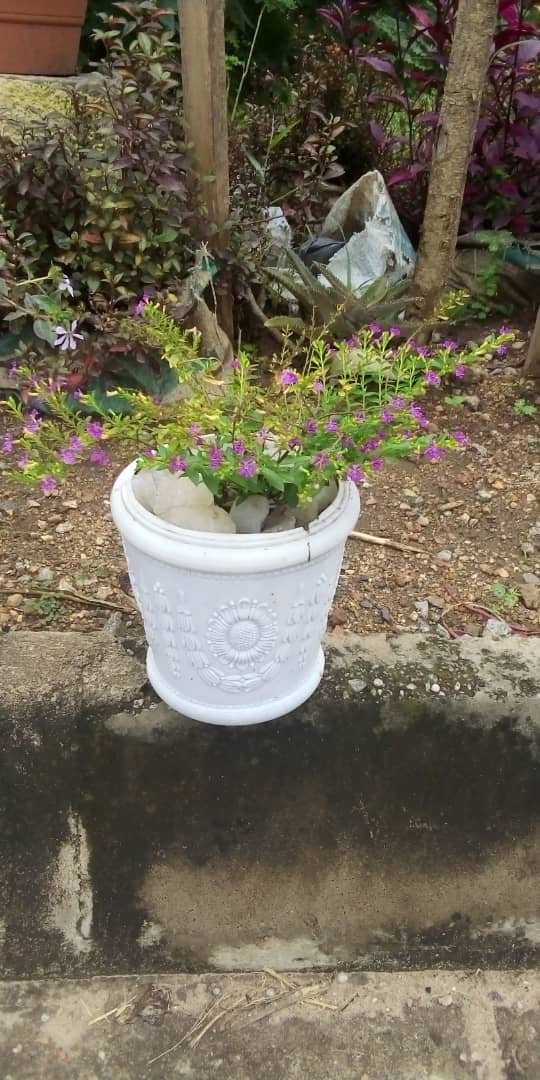
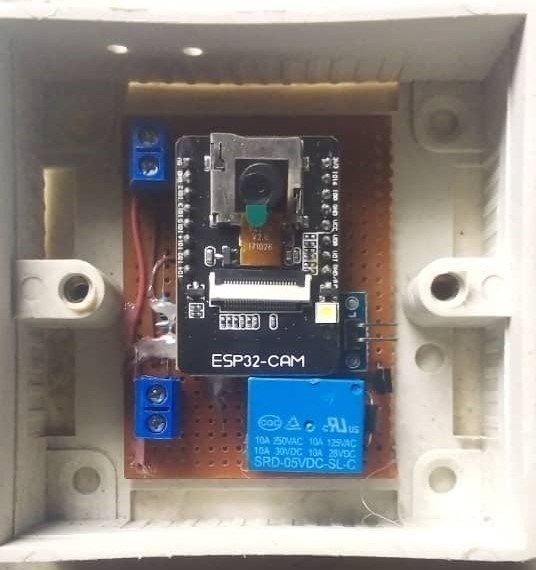
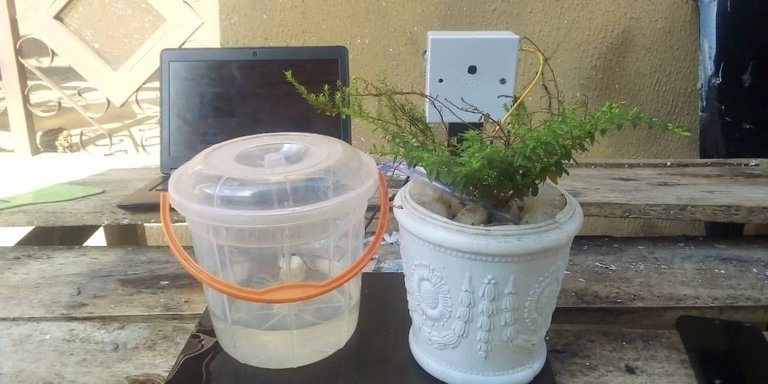
Thanks for reading and visiting my blog 🤝. Kindly support this post by reblogging, upvoting, and commenting, it would be highly appreciated.
Images used in this post were all designed by me using frizting, a circuit design and simulation software, and canva.
Posted with STEMGeeks